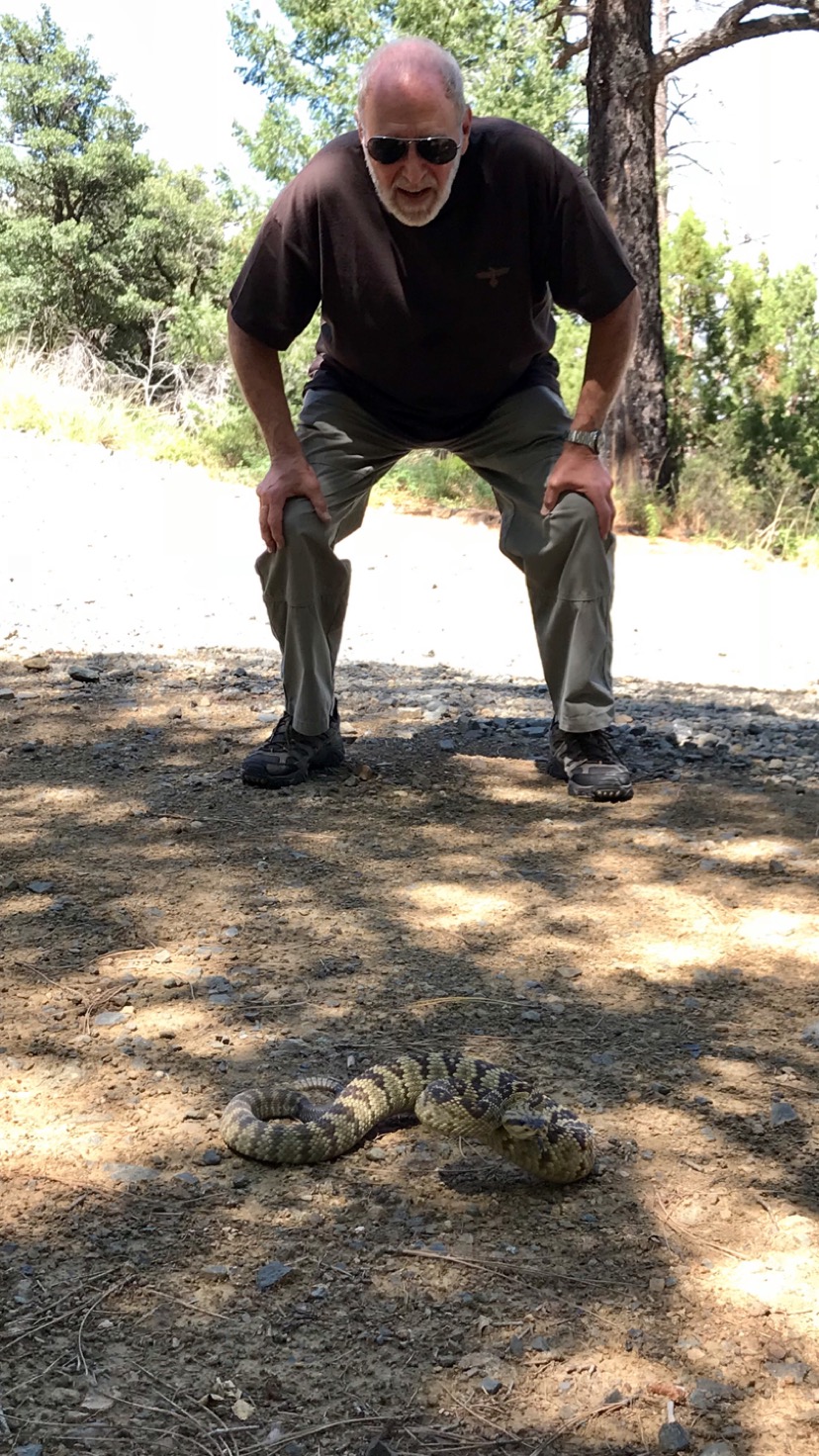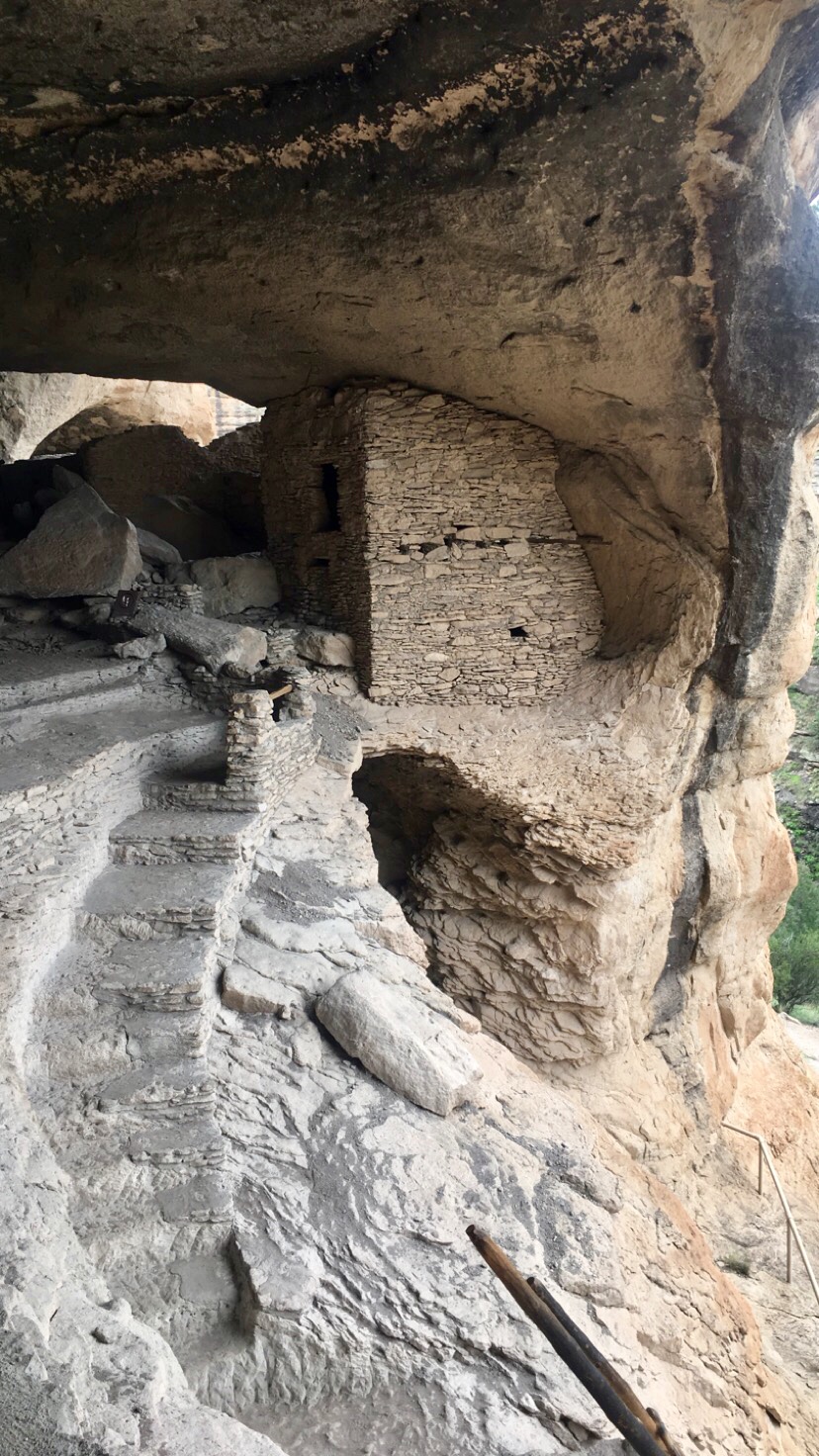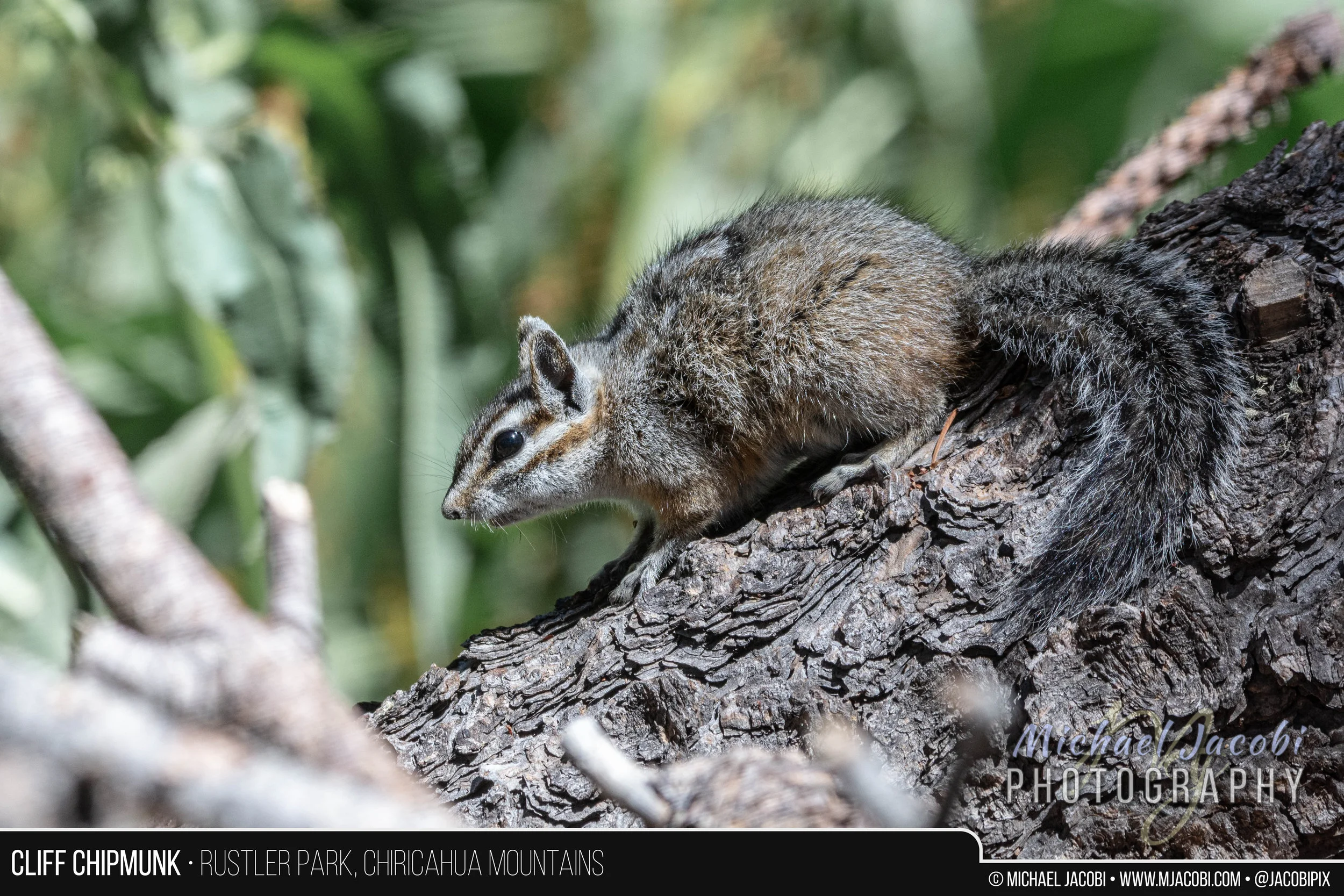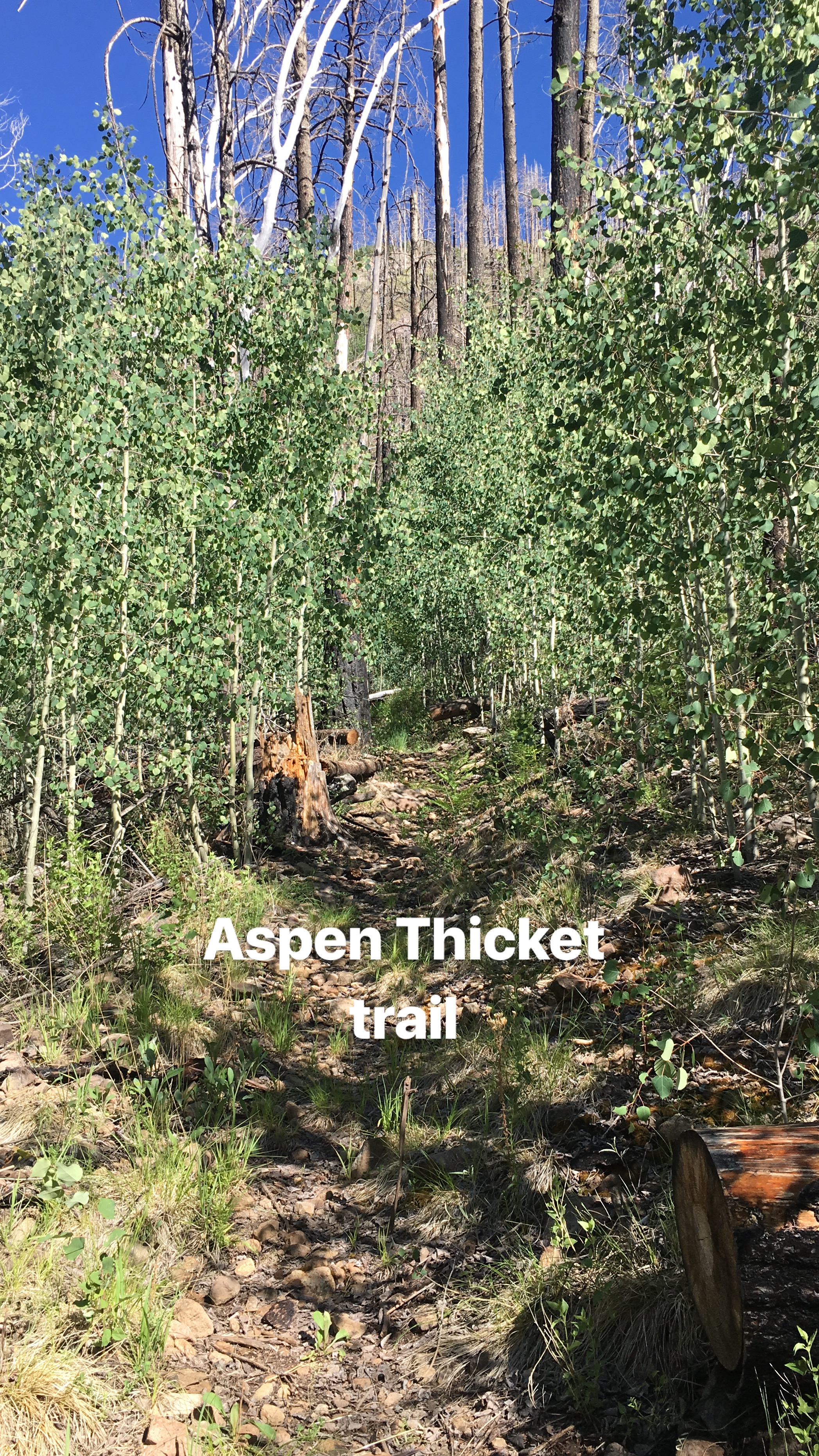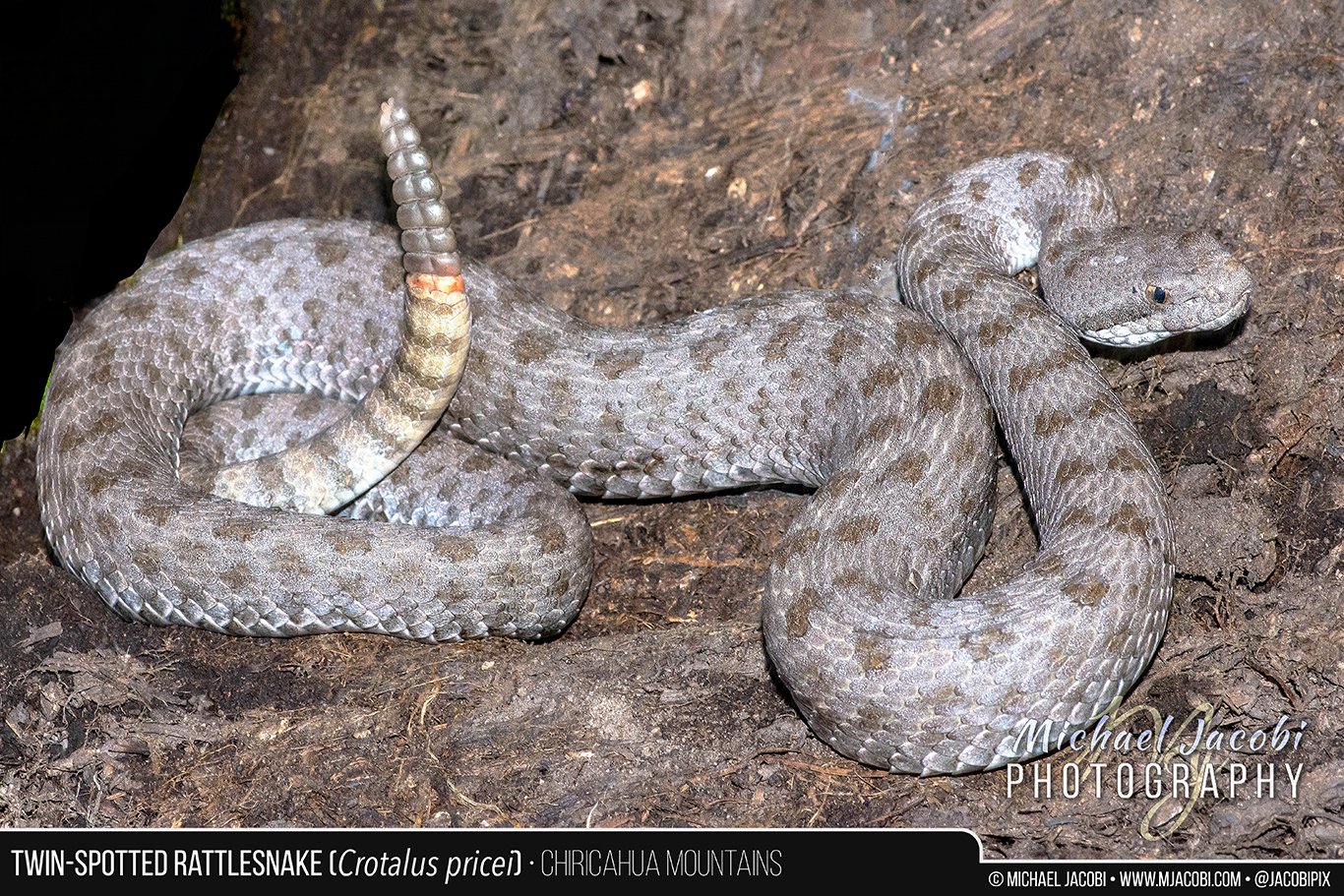Somehow the autumnal equinox occurred Saturday without any ceremony on my part. Time flies, and all that. The mornings here in the high desert certainly are crisp, but as the sun rises the days still seem quite summery.
I know the chiggers still think it is summer as I incessantly itch and have irritating welts all over. I earn spare change doing landscaping around the visitor center, and weed whacking the tall grasses that have overgrown our gardens and paths means that I am barely compensated for the misery of attacks and infestations by the microscopic yet ferocious red bugs. Laying my gardening clothes on my bed wasn’t particularly wise. Tonight I am laundering everything in hot water.
It has been almost a month since I’ve written. I don’t know where to begin, and certainly can’t recount the last thirty days of summer. I’ve been doing pretty much what I always do - three days as VIC host, hikes in search of wildlife in my free time - but I have spent an increasing amount of time just relaxing and reading and enjoying the cooler nights and mornings. As reptiles disappear, and wildflowers and autumn colors increase, I’ll be trying my hand at more landscape and scenic photography.
New Mexico State Highway 9 heads west into the sunset from Animas towards Antelope Pass (Animas Mountains) with Arizona’s Chiricahua Mountains in the distance.
One major thing to report is that I purchased plane tickets to join my mate Mark and his family & friends in Malaysia for a third time. January 7 I will try to survive a 17-hour flight to Hong Kong. If that doesn’t sound brutal enough, once I land I have a 12-hour overnight layover. And, no, I am not going to be able to blow $250-300 on a hotel room to pass out. I’ll be laying on the airport floor in misery. Anyone with a secret stash of Ambien? Email me …
From Hong Kong I fly to Penang off the northwest coast of mainland Malaysia. I will arrive 24 hours ahead of Mark & Co., and will need that day to try to recuperate from my two-day journey. I’ll be staying a total of four nights at a very nice hotel there and expect to spend the first day doing a lot of napping interrupted by occasional Tiger lagers in the pool. After a few days with my British companions, we all will board a “puddle jumper” flight up the coast to Langkawi near Thailand. It’s close enough that there is even a ferry that cruises north on the Strait of Malacca (Andaman Sea), but we’ll take a 30-minute flight and then our entire group will be shuttled from the airport to Berjaya Resort for a two-week stay. By now Mark has probably stayed there thirty times and we are treated like royalty. I look forward to my third stay in one of their rainforest chalets surrounded by dusky langurs, colugos, tokay geckos and more. We’re even talking about taking a day trip to Thailand’s Pattaya Beach. It’s just 90 minutes each way by speedboat ferry.
The trip means I’ll certainly be in Chicago on January 7 when my first of six flights leaves O’Hare Airport, but I am not sure of much about what I’ll be doing until then. My volunteer position here at the Chiricahua Mountains’ Cave Creek Canyon Visitor Center has grown into a part-volunteer, part-paid position as “caretaker” and I’ve been welcomed to stay as long as I wish and return as soon as I can. I have committed to the end of October, but may stay longer - perhaps even into December. They’d love for me to come right back in February after my trip. We’ll see …
In other news, the new issue of the British Tarantula Society Journal has an article I wrote on the mountain tarantula that lives here in the Chiricahuas and another mountain endemic from the Peloncillo Mountains to the east. If you wish to read you can visit this website’s publications page to download the PDF. While there you may want to check out some of my other articles that are available for direct download.
Another new feature of this website is that I have split the galleries into dedicated pages for each type of animal. I’ll start working on uploading many more images soon.
I’ll be back soon with blog entry #100!
All the best, MJ

















